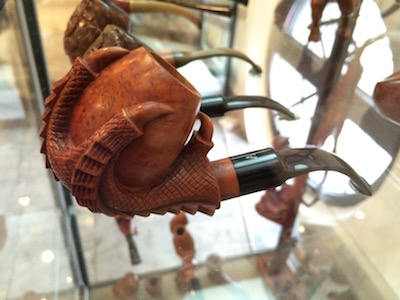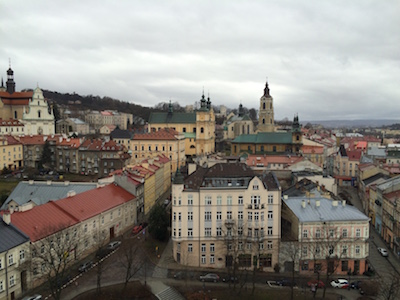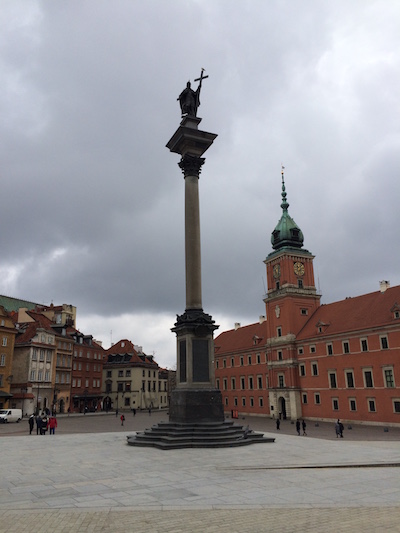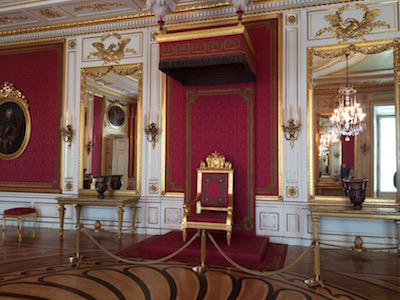We have some catching-up to do. But as tempting as it is to glaze over our travels the last month and a half, I just can’t bring myself to do it. We had such great experiences in some of these places that it just doesn’t seem right. But before I get to today’s topic, Warsaw, I will provide a bullet-train speed summary of our travels since we left the hospitality of rural Southeastern Poland.
Our last day in rural Poland we spent exploring the town of Przemyśl: their John Paul II square, churches (both Catholic and orthodox), and climbing their bell tower museum for splendid views of the countryside clear to Ukraine (Przemyśl is known for their centuries-old bell forgery and smoking pipe production, so their town bell tower doubles as a museum for both of these local industries). From there we spent a few days in Warsaw before settling in for three weeks in Prague. We flew from Prague to Paris for a long weekend, and we were there when the bombings in Brussels disrupted our travel plans. We were to be in Rotterdam for some business Thursday of that week, but as all trains from Paris to Rotterdam pass through Brussels, and with all transit through Brussels shut down, we cancelled our business stop and flew on to London a few days early. Having maxed out our Schengen visa, it was time to return to the UK anyway.



Top: Bells Forged in Przemyśl; Middle: Pipe Carved in Przemyśl; Bottom: View from Przemyśl Bell Tower
So here we are in London, one of the most unique and enjoyable cities we’ve ever had the pleasure of exploring. But about 1,000 miles to the east—almost to the border of Belarus—sits what is likely the “most American” city we’ve found in Europe. As Americans, and even as Americans who are confirmed Europhiles, we don’t mean this in either a negative or positive way. We mean that if any American were to stumble through some sort of warp in space and suddenly find themselves in Warsaw, they’d easily assume they were in some similarly-sized American city.
We arrived at the Warsaw central train station after dark on a weekday. Rush hour should have been over, but it was frenetic. We emerged from the station to a beautiful clear, cold night, surrounded by glass and steel high-rises. Traffic was busy. Signs on building sides were mostly American and international brands: a Hard Rock Café to our left, a Marriott to our right. Signs were all in English.
Some travelers might lament this, saying that they come to Europe to experience a different culture, not to see rehashed American culture. Warsaw, then, might get ranked well behind the more “European” cities of Europe in terms of places to see. That wouldn’t be fair to Warsaw, especially considering how this came about: namely, 85% of the city was flattened by Nazi Germany at the end of World War II in a monumental double-cross by the USSR. With the “allied” Soviet armies waiting in the wings to the east, the Polish resistance instigated an uprising against the Germans with the expectation and promise that the Soviets would come to their aid. Instead, Stalin ordered his army to stay put and sit back as the Germans crushed the Warsaw Uprising. Stalin rightly calculated that a destroyed Warsaw would be easier to control, so as almost the entire city lay smoldering, the Soviets finally forced the Germans back and marched in to “liberate” Warsaw.
While we’d argue that European travel isn’t all about climbing over medieval castles and strolling along cobbled streets, there is plenty of old European charm left in the 15% of the city that survived to warrant a visit. Concentrate your time in the Old Town. But add to that the modern, cosmopolitan city that Warsaw has become since the war, and admire and be flattered with the desire for Warsaw to be as “American” (or “Western”, if you prefer) as possible.
But keep in mind the best quality of Warsaw: it’s populated with a wonderfully friendly and hospitable people.
What to see in Warsaw:
- The Old Town Barbican and Walls; start from the barbican (gates) at the north end of the Old Town, and walk along the wall to the Southeast.
- The Old Town Market at Rynek Starego Miasta, for both great Polish food and souvenir shopping. You’re especially lucky if there’s a seasonal (Christmas, Easter) market going on.
- The (rebuilt) cathedral of Warsaw and St. Martin’s church; particularly interesting are how the architects utilized pre-war parts of the building in reconstruction and art in the new churches, especially the crucifix of St. Martin’s church.
- The Plaza (“Plac”) Zamkowy, the heart of the Old Town (arguably, the heart of modern Poland). Look for Sigismund’s Column (and for extra credit, read up on who Sigismund was).
- The Royal Castle of Warsaw; an interesting museum with sobering displays and artifacts on the impact of World War II and the communist era on Warsaw and Poland.
- The antiques store “Lapidarium Jacek Kiliński” on the north end of Nowomiejska street, near the Old Town Barbican (gate to the city). It’s like a museum or time capsule of German-occupied Warsaw and Soviet era Poland, all for sale.



Top: Sigismund’s Column; Middle: Warsaw Palace Throne Room; Bottom: The Most Interesting Antique Store In Europe






